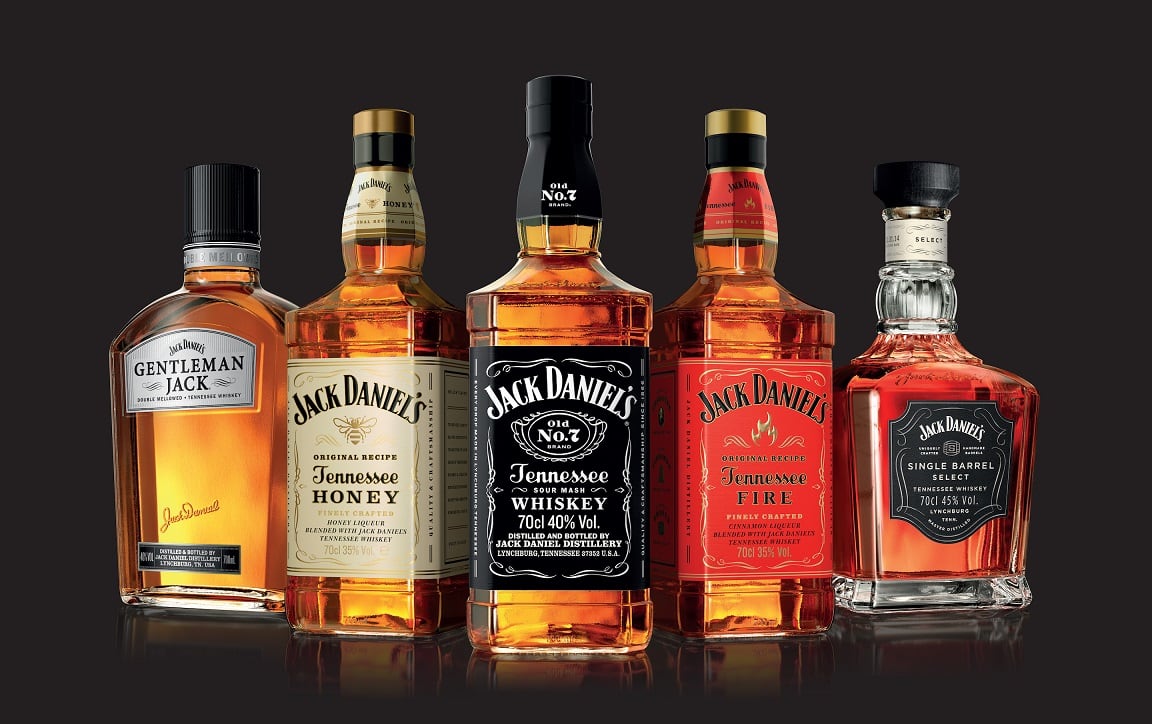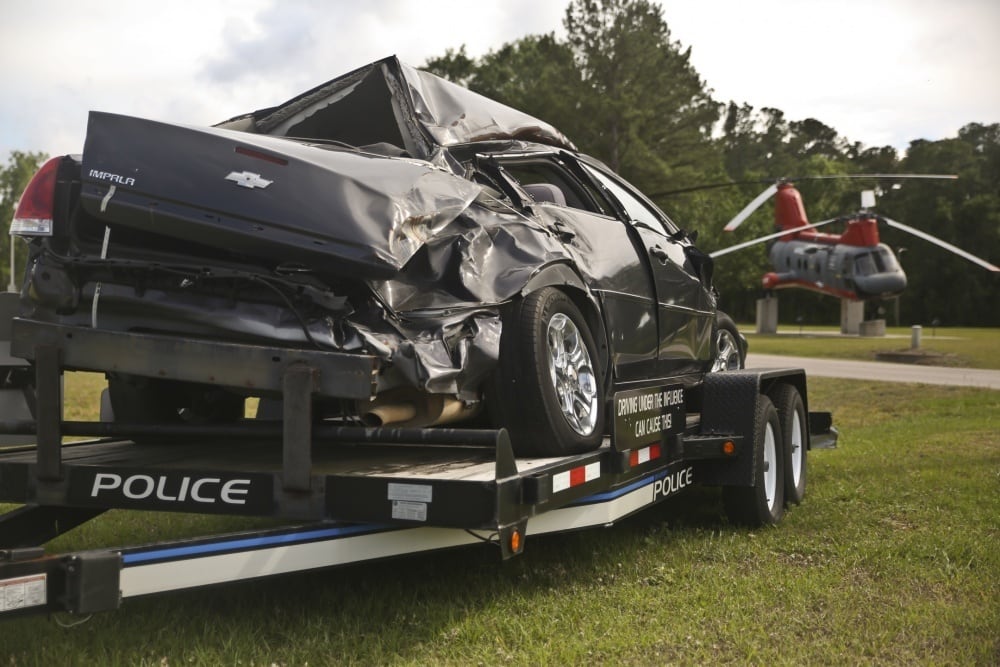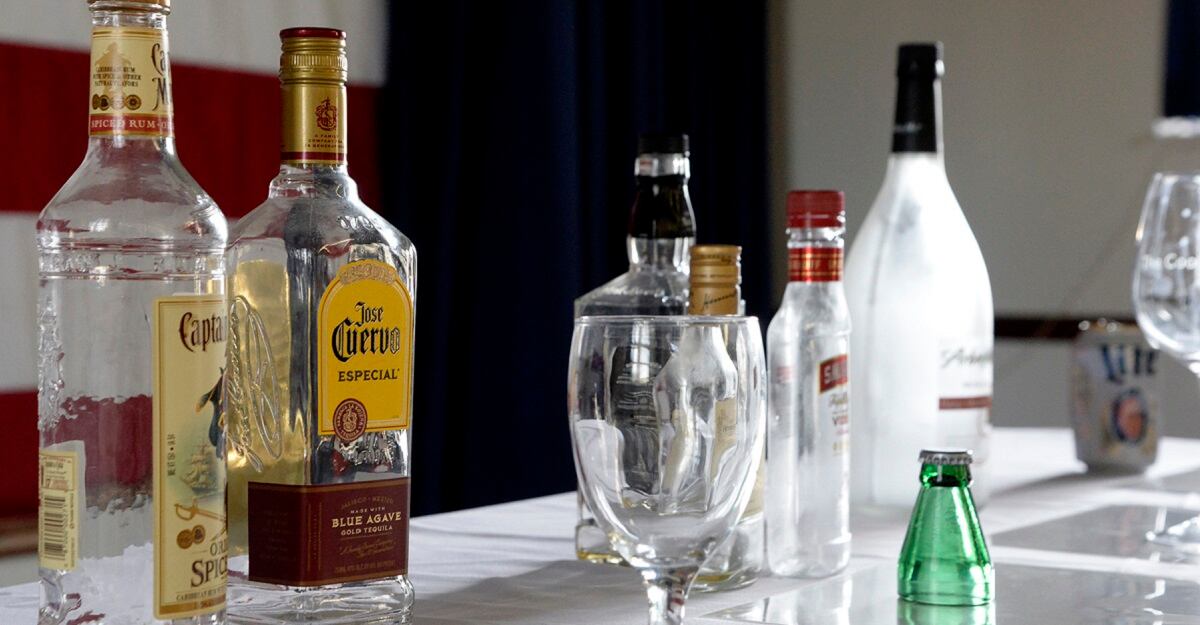Whether it’s shutting down an entire country’s beer supply, going on a beer-only diet for Lent, or reaching a state of intoxication so severe that one breaks into someone’s home, gets naked and takes a shower, the association between service member and alcohol is well established.
It should come as no surprise, then, that data pulled from the Centers for Disease Control and Prevention and analyzed by the Delphi Behavioral Health Group revealed that service members consume alcohol on more days of the year than any other profession.
Close to 27,000 people across 25 different industries responded to surveys on alcohol consumption during the period of 2013 and 2017, with the average person reportedly consuming at least one drink 91 days per year.
RELATED

Service members, meanwhile, led all other professions, with an average of 130 days of drinking — or, over one-third of the calendar year.
Miners and construction workers were not far behind, drinking 112 days and 106 days per year, respectively.
Despite these elevated numbers, the overall rate of drinking in the U.S. has reportedly decreased over the course of the last two years.
Noting that trend, Delphi analyzed which industries were scaling back their intake and contributing to the drop.
The organization also looked at which professions were moving against the grain, and once again, service members led the way.
Over the course of just four years — 2013 to 2017 — the average number of days military personnel spent drinking per year went up by 34, a number that has continued climbing without any dip since 2014.
Industries like arts and entertainment were on the opposite end of that spectrum, decreasing the number of drinking days per year by nine during the same four-year span.
While military-related booze trends may not shock service members or veterans, the surging rate of alcohol consumption can ripple into a number of other problematic areas, researchers say.
The rate of binge drinking, for example, has been highlighted by the Department of Defense as an area to address after a Rand report, using data from 2015 and 2016, indicated 30 percent of service members reported binge drinking in the month leading up to being surveyed.
For Marines, that number skyrocketed to 42.6 percent.
RELATED

Rates of binge drinking, defined as “consuming more than four drinks within a two-hour period for women and five drinks for men,” have climbed as well among the veteran population, up from about 14 percent in 2013 to just under 16 percent in 2017.
Veteran drunk driving has also surged as a result, up nearly 60 percent since 2014.
A wealth of research points to PTSD, specifically the depression resulting from trauma, as one of the primary contributors of binge drinking among veterans and active-duty personnel.
For nearly three million service members who have been deployed in support of American war operations in Iraq or Afghanistan, approximately 11 to 20 percent suffer from PTSD. Some studies suggest that number is as high as 30 percent.
Rand researchers argue that such alarming trends should be sharply addressed through command disapproval of alcohol abuse.
Despite the recommendation, however, a dozen military commissaries across the country began selling beer and wine last year. Up to that point, alcohol had only been sold only at exchanges.
J.D. Simkins is the executive editor of Military Times and Defense News, and a Marine Corps veteran of the Iraq War.





